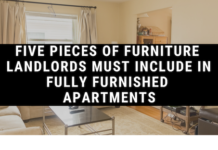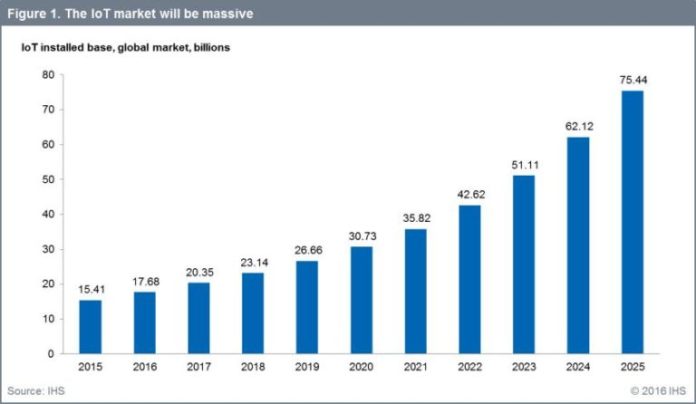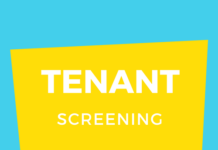There is a lot of dialogue about what type of impact the smart home/Internet of Things (IoT) movement may have on the rental housing industry. While the estimates vary, we consistently see the market forecast for IoT vendors will exceed $470 billion annually by the year 2020. That is not too far away and given that over 40% of housing in the U.S. are rental properties, there is an enormous market opportunity for IoT providers to work its way into the rental housing segment.

There are obvious smart home opportunities already on the market. Keyless entry, smart thermostats and lighting and the recent wave of home speaker devices such as Google Home and Amazon Echo are presenting interesting opportunities to work their way into the rental housing space.

Adoption has been slow to date and one of the big reasons is integration, or lack thereof. Many of the large property management companies are utilizing property management software solutions to help run their business. These providers seamlessly deploy solutions in which accounting, marketing, inventory, pricing and overall management of their respective portfolios are centralized in their CRM platforms. While integrating smart technology is starting to happen, and altogether not necessarily difficult given how many of the smart home technologies are built with open API’s in mind, it is taking the industry some time to not only getting their head around how to incorporate these technologies into an overall strategy, but the overall cost/benefit analysis is still being evaluated.
Having said that, follow the data and it will tell us that not only is the IoT market about to explode on to the scene (Amazon, Apple and Google devoting billions of dollars to the cause should tell us that “future” technology is now upon us), but consider this as well – Millennials make up over 50% of the renting demographic, and that number appears to be growing. It is also on record that over 60% of Millennials have factored in “smart technology” as part of their decision making process when evaluating a new rental.
Technology has always been a part of the amenity arms race in the multifamily world, but it’s never been more important as a growing number of current and prospective residents have never known what life is like without a smartphone. While smart home technology has arrived, and is becoming more trusted, it will become more widely adopted when the technologies are fully integrated into mainstream property management software and the costs of the varying devices will either pencil out an ROI and/or become such a big part of the demand engine that management groups will be forced to jump on the IoT train.
The residential space is a bit more tricky as there are more “one off” landlords and less opportunity to deploy these technologies for an entire community as a result. There are however large residential managers that can utilize these technologies to better manage their properties. Keyless entry for example is already being utilized by some groups to offer self showings. This is also popular for the rapidly growing market of short term rentals (AirBnB), as this allows entry without the tenant and owner actually meeting face to face. Motion detection devices are gaining steam, especially when utilized as a tool for when the property is vacant. This eliminates the cost of a full blown security system, but can notify an owner/manager when someone is in the property when there is not a scheduled visit.
Again, for large scale property management groups, the adoption rate of these technologies are going to largely depend on these smart devices/services integration with their property management software provider. This is already being done at a large level in the vacation management space, but is slowly making its way into the residential space, and to a larger degree, the multifamily space as well.




















